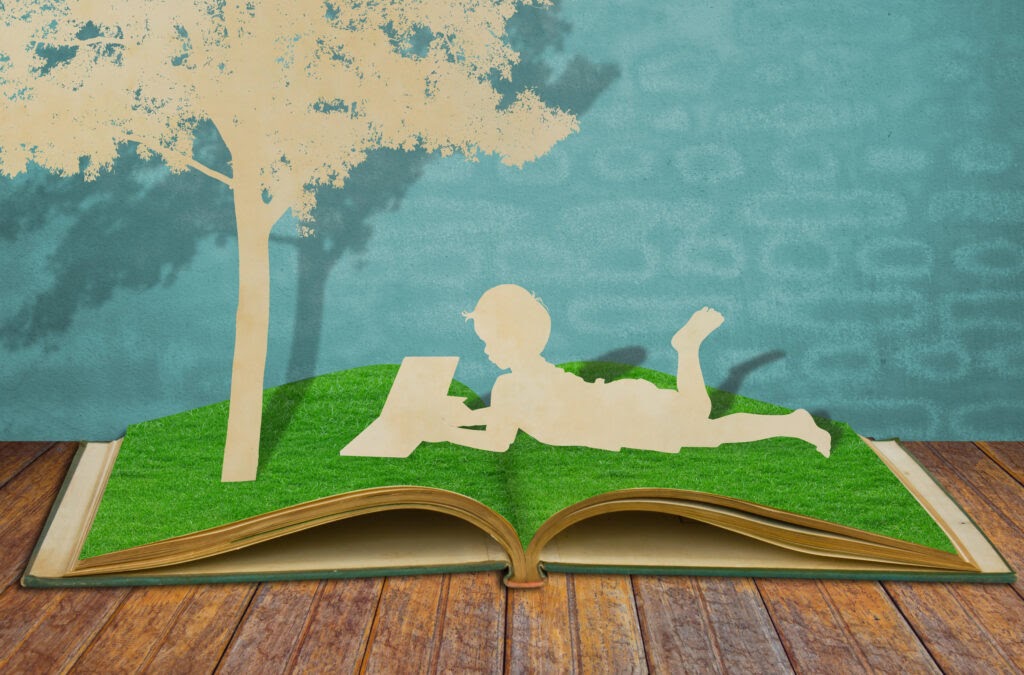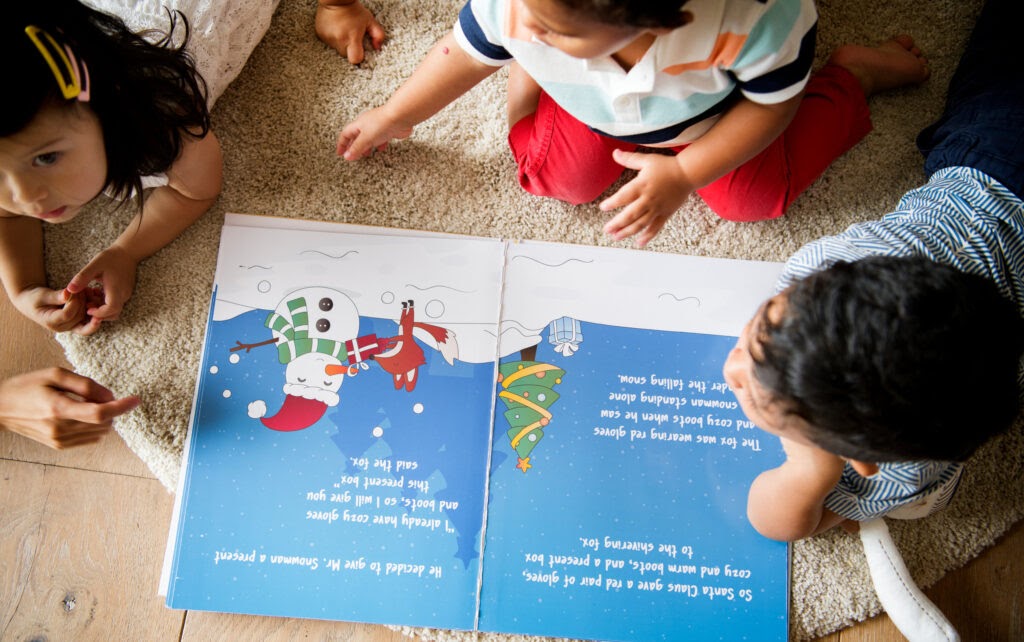
Children’s books are constantly being written and they are also being purchased and read by parents and children. But did you ever stop to think about where these books come from? Authors of course!
If you’re interested in writing a children’s book, you’ll want to make sure you craft a story that stands out from all the rest. So what elements make a great children’s book, and how can you make your book special and marketable? Our top 5 tips are listed below.
1. Animals and Humans
Children love reading stories about animals and humans, but they especially love stories about things that they don’t see every day. Although kids love reading children’s books that have cats and dogs in them, they might prefer children’s books that have exotic animals in them. If you want to make a great book that is appealing to children, include animals, both domestic and exotic, in your story.
Humans are appealing to children because they are familiar and they can connect with them easily. They love books that have children doing everyday tasks because they also do those tasks, so they can easily relate to them and want to read more about them.
Children also love fairytale characters. If you have a prince, princess, unicorn, or dragon in your story, children will be very interested in it and want to read it over and over. If you put fairytale characters, like a princess or a pirate, in your children’s book, it will do very well and appeal to many children.
2. Strong Characters
Include strong characters in your children’s book if you want it to do well. Children of all ages enjoy reading about strong characters, so be sure to include multiple strong and memorable characters in your story.
Most of the time, the main character of a children’s book is the strongest character, partially because they are the main focus and they talk more than any other character. Although this will appeal to many children, don’t be afraid to include multiple strong characters in your children’s book. The more strong characters there are, the more memorable your story will be and the more children it will appeal to.
Strong characters make children care about them and what happens to them, and the emotions that they feel will make your book more memorable. The more emotions you make a child feel, the more memorable your book will be and the more frequently they will read it. (Source)
Most characters in children’s books are the same age as the intended reader, so they become more relatable in that sense. Keep that in mind when you are creating and developing the characters in your children’s books.
3. Illustrations

Next up, add illustrations to your children’s book. Illustrations are important when it comes to children’s books as it is hard for children to focus long enough to read a story if there are no pictures. If you want to write a great children’s book, include plenty of pictures.
Don’t worry if you can’t draw. Many writers can’t draw to save their lives! Luckily, illustrators are great at drawing and really creating art pictures for children’s books. If you know any illustrators, contact them and see if they want to work on your children’s book with you. Don’t expect them to work for free though!
Some publishers have illustrators that they prefer to use, so keep that in mind when you are reaching out to artists. However, many publishers will be happy if you already have an illustrator in mind as it means you have done some of their work for them.
If you include pictures in your children’s book, it will stand out amongst the crowd of other children’s books. Make sure to include bright colors in your book’s illustrations, especially on the cover. Bright colors appeal to children and catch their attention for a longer amount of time than dark or muted colors do. Keep your target audience in mind!
4. Simple Story
When you write a children’s book, keep the story simple. Children like reading simple stories. Most children’s books also include a lesson that the main character learns, so make sure to include a lesson in your children’s book. Lessons make the story more interesting to children, so they will want to read it frequently. It doesn’t have to be an educational lesson, and it could be something like overcoming a challenge or making a friend.
When writing a children’s book, keep in mind the lessons that your audience is learning at this point in their life. Are they learning manners? Are they learning letters? Are they learning about people? Keep the story simple, but include lessons that are relevant to the ones that they are learning now. This will make it easier for them to learn these concepts, and it will help them connect with the main character because they are going through the same thing. (Source)
Simple stories that also have lessons in them make great children’s books, and if you include lessons in your story your story will probably do very well and appeal to many children and their parents.
5. Humor
You should also include humor in your children’s book if you want it to do well! Humor appeals to both children and parents, and if you have some humor in your children’s book and make both the parent and child laugh, they will enjoy reading the book and will read it often.
Your entire children’s book doesn’t have to be humorous, but make sure you include some funny events that will make the children who read your book laugh. Make your main character go through a humorous circumstance, or make them do something that is silly. Ask your illustrator if they can add some funny background drawings as well. The more you can make the children who are reading your book laugh, the more they will enjoy it, and the more they will read it.
Many things are required to make a great children’s book, but if you include humor, have a simple story, relatable and strong characters, and include illustrations, your children’s book will be great and is more likely to be noticed by both parents and children.


